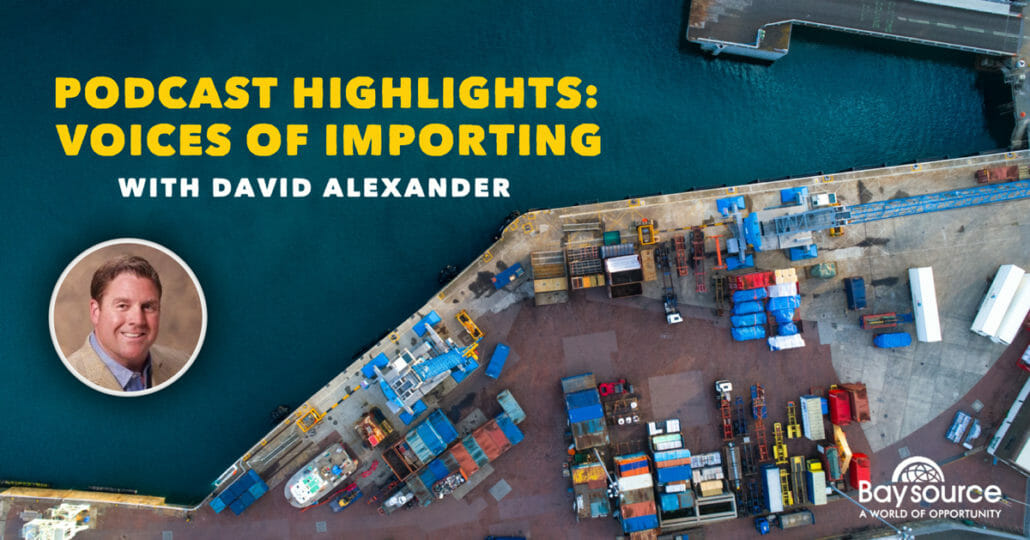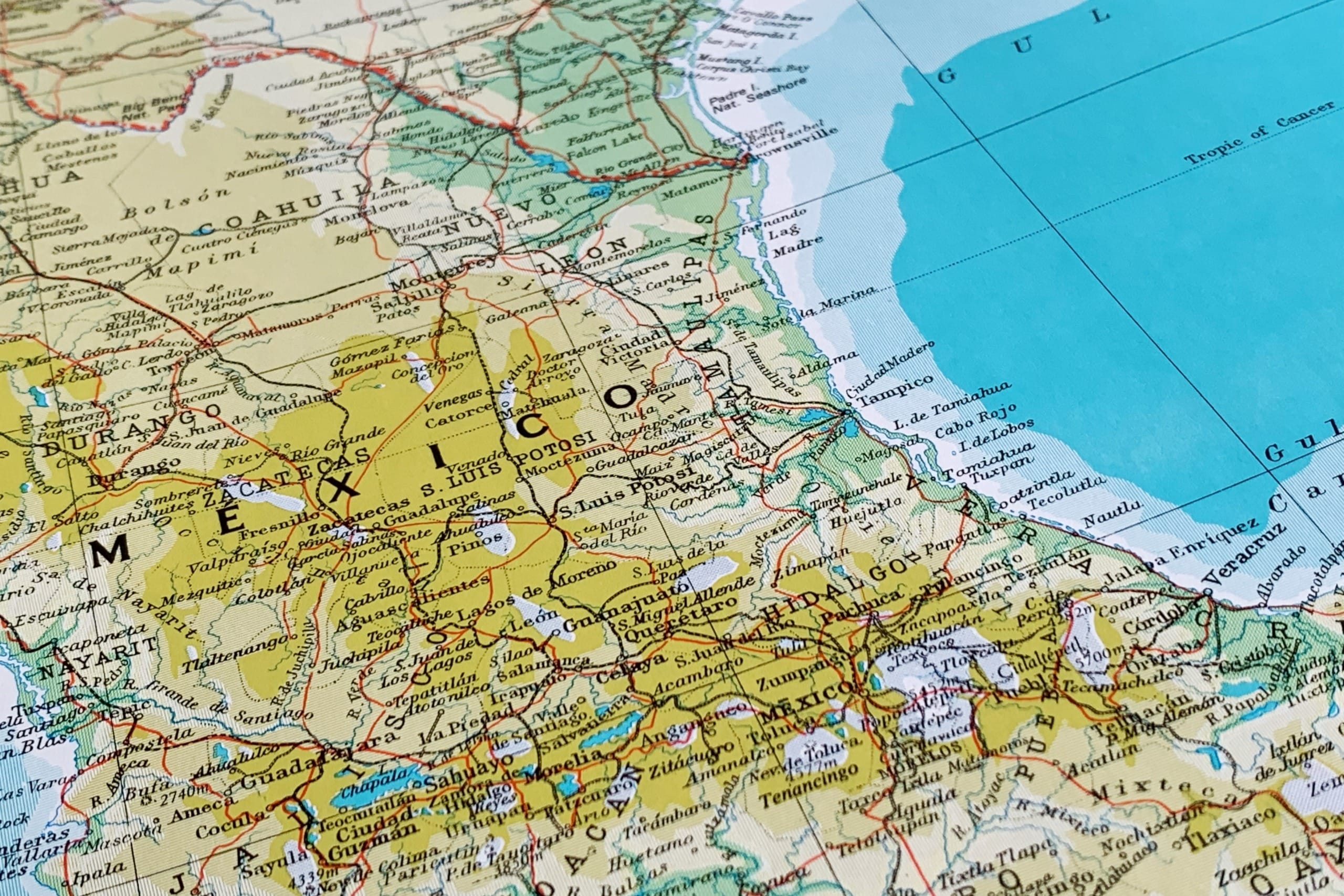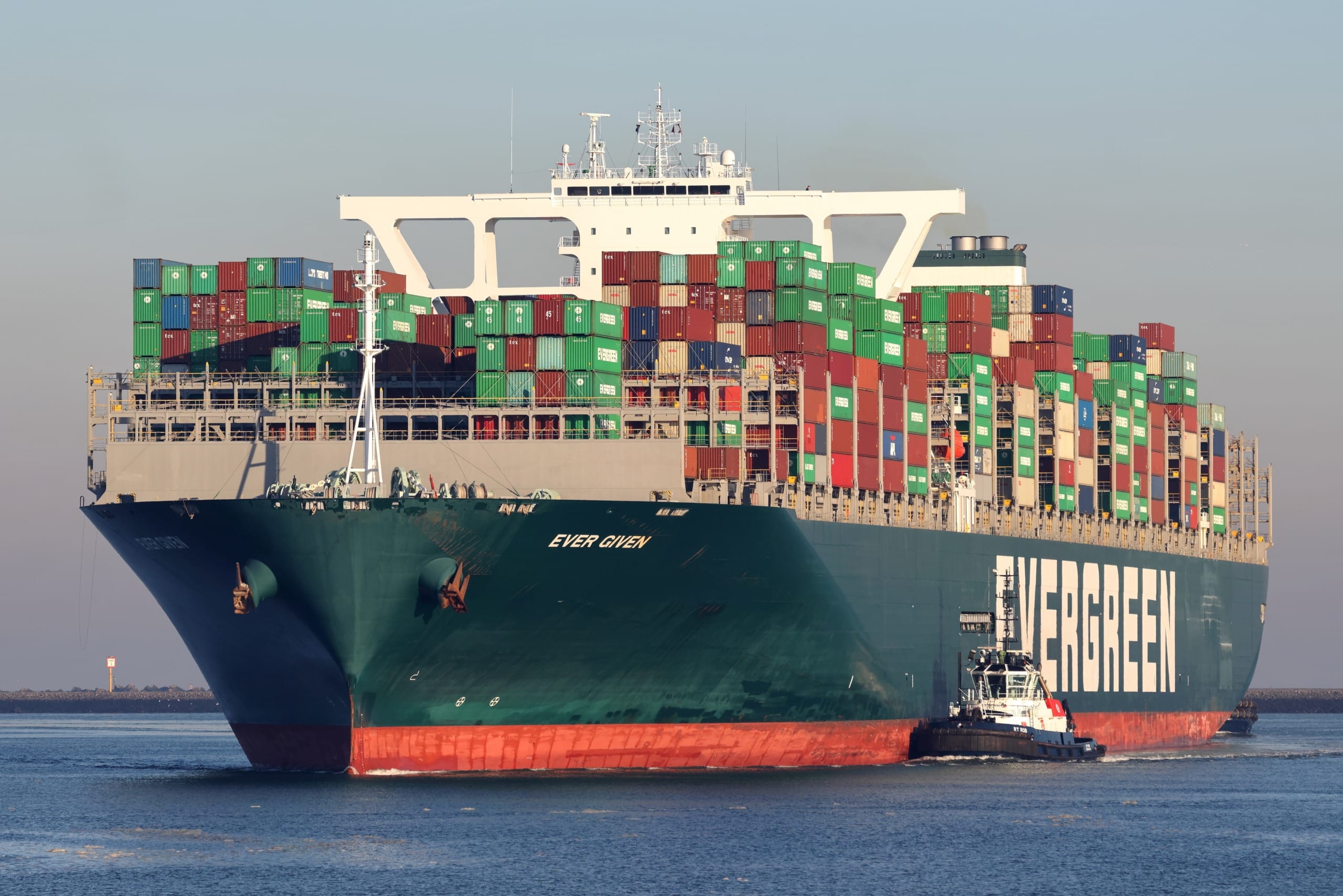Today’s discussion is based on the ups and downs of sourcing from China.
Matthew Milasius – InTouch Client Manager: Would you mind explaining to our listeners a little bit about yourself and Baysource Global?
David Alexander- CEO at Baysource Global: Baysource started in 2005, and when we established an enterprise in China and the United States to assist small and medium-sized businesses with sourcing products in China. So we’ve grown from a few people to over 40 people now.
We don’t sell anything. What we are is a project management firm and we’re basically a variable cost alternative to doing business in China, so companies in the United States don’t have to invest in assets, resources, and personnel to take on the advantages of doing business in China.
We’re in place to serve as that project management arm and provide our companies an on-the-ground presence in China. Our expertise in engineering, sourcing, quality control, and China supply chain initiatives.
Matthew Milasius: I imagine you’ve seen just about every sort of project that there is out there in China. Is that somewhat accurate?
David Alexander: We’ve seen a wide variety of projects. We help companies work out the nuances and challenges of doing business in China. We become their eyes and ears and their feet on the street in China. For instance, this year alone, you’ve seen a lot of factories closing due to regulatory violations and we help our clients get out ahead of that curve.
Matthew Milasius: The risk in itself of sourcing from China is being disconnected from the country. Are there any other major risks of sourcing from China?
David Alexander: Most people’s biggest risk is lost time. Everyone that is trying to produce a service or a product in China, is trying to monetize their product. Every month they are delayed, is another month that they are not making money on that product.
There are also risks that involve cost overrun. Many times, the client has not factored in product development costs and development costs. And having an ally with feet on the ground in China helps you mitigate those risks and think through all of those budget factors.
The most common mistake is failing to prepare an RFP, which is a thoroughly prepared deck of information, product information, drawings, material requirements, specifications, and certification requirements. If people don’t prepare a professional RFP to distribute to potential factories in China, it conveys that they may not be serious and for the factories to question their professionalism.
You want to convey through your RFP that you’ve got a new product that serves a purpose: 1) It’s unique, it’s innovative, and you’ve invested in professional renderings and three-dimensional drawings. 2) You understand the materials that are required. If you’re not specifying these things, particularly materials, you’re leaving it up to some factory in China to make those critical decisions. We see many people make the mistake of not having all the information upfront that is necessary.
Matthew Milasius: Are there any other major advantages of sourcing from China?
David Alexander: Yes, certainly. One of the reasons we began engaging with clients in China was for a pure cost-savings opportunity. But the greatest advantage we see of working with China today is the infrastructure and the assets that are in place. There’s almost every kind of manufacturing discipline in place in China.
China has assets like equipment, brick and mortar, and things in place that are ready to go today. When you’re embarking on a new product launch, you don’t necessarily want to invest in capital to launch that product until that product is proven.
The same goes with smaller companies that have a new product and they simply don’t have the network or the wherewithal to open a small shop or a floor somewhere in the US because assets are already in place in China – ready to go.
Matthew Milasius: What differences do you see in working with Chinese factories versus those of other nations?
David Alexander: I’d say that is certainly a key difference is that a product being produced overseas is being produced for our market. A person in China may not know about the functionality of the product. That is where having clear, written requirements is the most significant. So they’re not going to guess the functionality of a product.






Follow Us